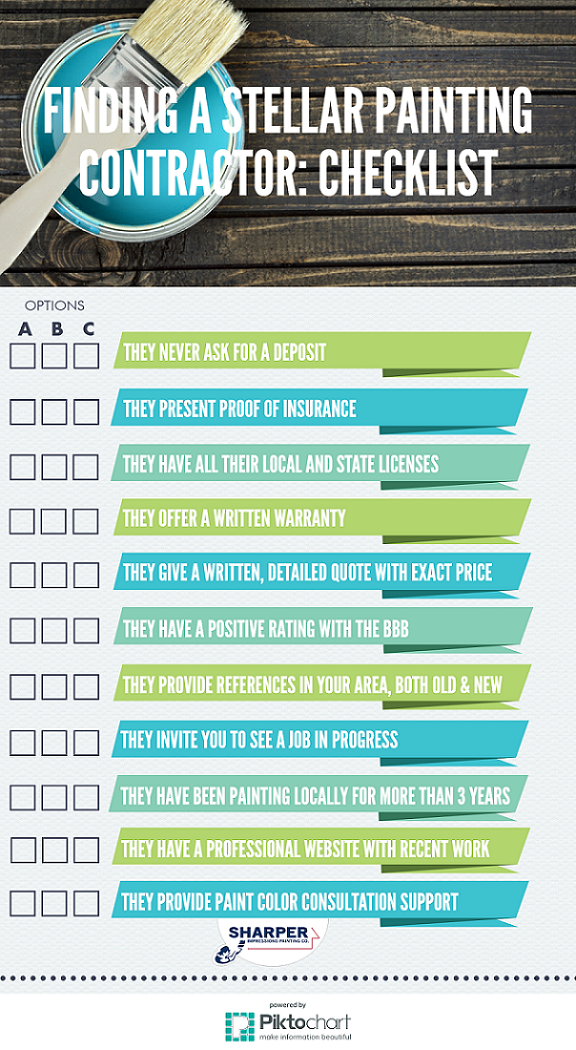Explore The Function Of Seasonal Factors In The Success Of Industrial Outside Paint And Discover The Very Best Times To Secure Long-Term Results For Your Task
Explore The Function Of Seasonal Factors In The Success Of Industrial Outside Paint And Discover The Very Best Times To Secure Long-Term Results For Your Task
Blog Article
Authored By-Aguilar Skafte
When you're planning a commercial external painting project, seasonal variables can make or break your outcomes. You'll want to consider just how temperature and moisture influence paint application and drying out times. Choosing the best period can guarantee your paint adheres appropriately and lasts longer. However which periods are absolutely the most effective for this kind of work? Allow's explore the key elements that can affect your task's success.
The Effect of Temperature Level on Paint Application
When you're preparing a business exterior painting project, the temperature level can dramatically affect just how well the paint sticks and dries out.
Preferably, you intend to paint when temperatures vary in between 50 ° F and 85 ° F. If it's also cool, the paint may not cure correctly, resulting in issues like peeling off or fracturing.
On the other side, if it's also hot, the paint can dry out as well rapidly, preventing correct bond and resulting in an uneven coating.
You ought to also think about the moment of day; early morning or late afternoon provides cooler temperature levels, which can be much more beneficial.
Always examine the supplier's referrals for the specific paint you're utilizing, as they usually provide support on the suitable temperature level array for ideal outcomes.
Humidity and Its Effect on Drying Times
Temperature isn't the only environmental variable that affects your commercial exterior painting job; moisture plays a substantial function too. High humidity degrees can reduce drying out times drastically, affecting the overall top quality of your paint work.
When the air is saturated with dampness, the paint takes longer to cure, which can cause issues like bad adhesion and a greater threat of mildew development. If minneapolis professional painters on a particularly moist day, be prepared for extensive wait times between layers.
It's essential to keep track of local weather and plan appropriately. Preferably, go for moisture levels between 40% and 70% for optimal drying out.
Maintaining these consider mind guarantees your project stays on track and provides a lasting coating.
Best Seasons for Commercial Outside Paint Projects
What's the most effective time of year for your industrial exterior paint projects?
Springtime and very early loss are normally your best choices. During these periods, temperatures are light, and moisture levels are typically lower, creating excellent problems for paint application and drying.
Stay clear of summertime's intense heat, which can trigger paint to completely dry too promptly, leading to inadequate adhesion and finish. Likewise, wintertime's cool temperature levels can prevent correct drying and curing, taking the chance of the longevity of your paint work.
Go for days with temperatures between 50 ° F and 85 ° F for optimal outcomes. Bear in mind to check the regional weather prediction for rain, as damp conditions can spoil your job.
Planning around these aspects ensures your painting task runs smoothly and lasts longer.
Final thought
In conclusion, preparing your industrial outside paint jobs around seasonal factors to consider can make a significant difference in the end result. By nathanson family painting throughout the ideal temperature levels and humidity degrees, you'll make certain much better adhesion and drying times. Remember to keep an eye on local weather report and pick the correct time of year-- spring and early autumn are your best bets. Taking these steps will certainly assist you achieve a durable and expert coating that lasts.
